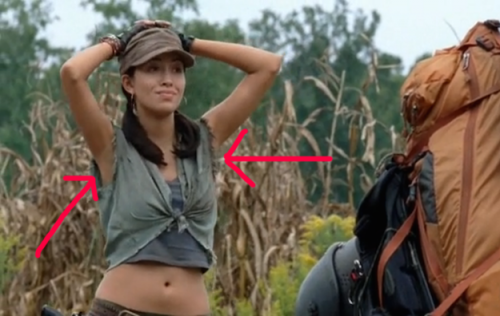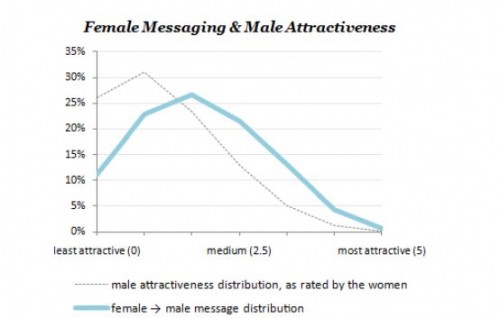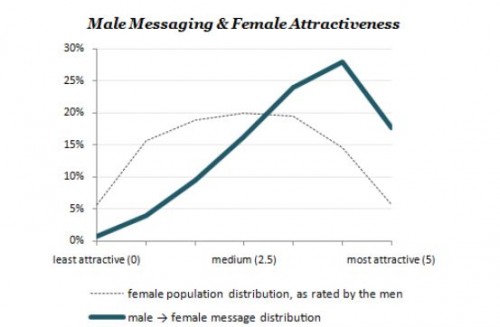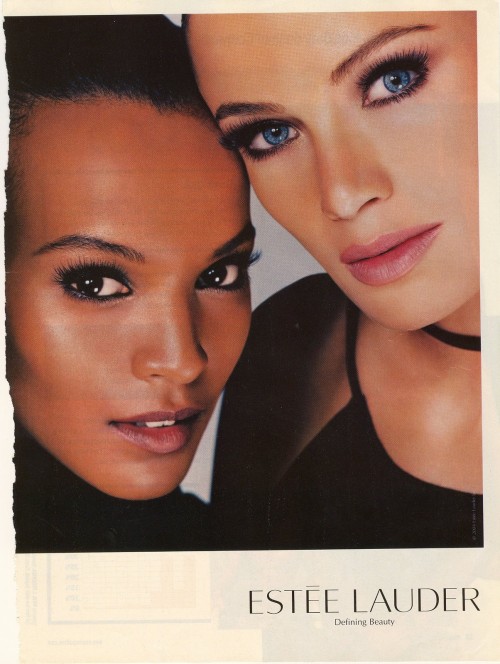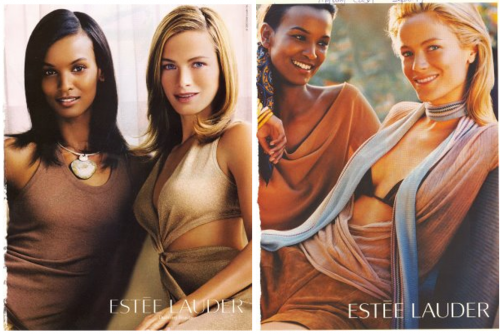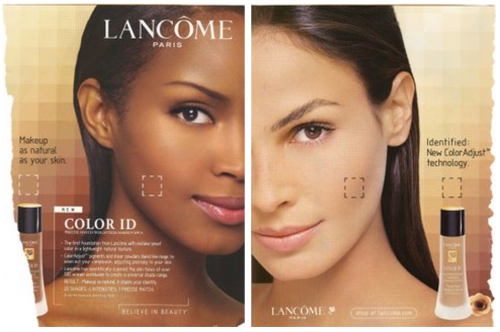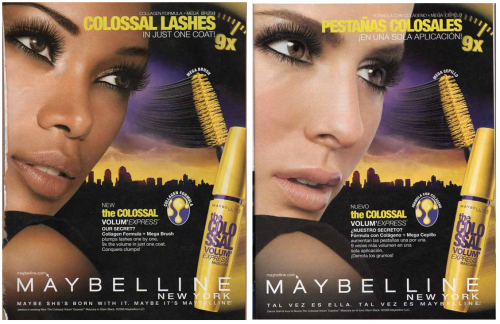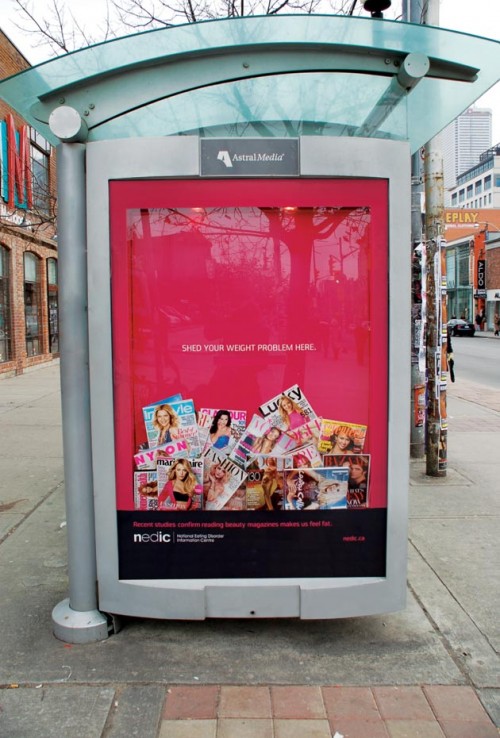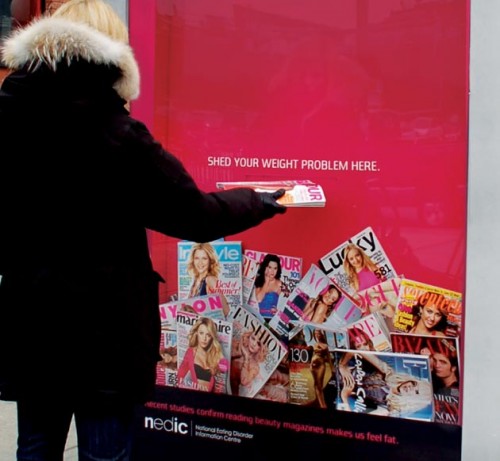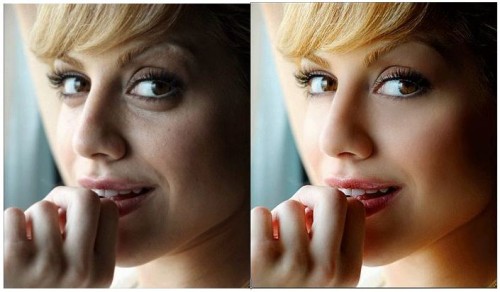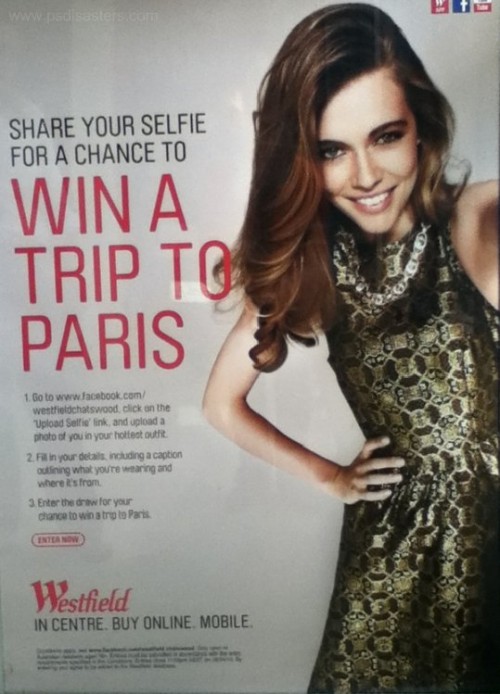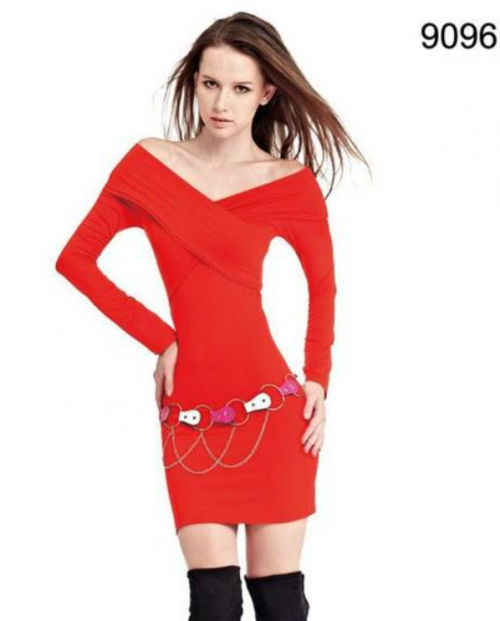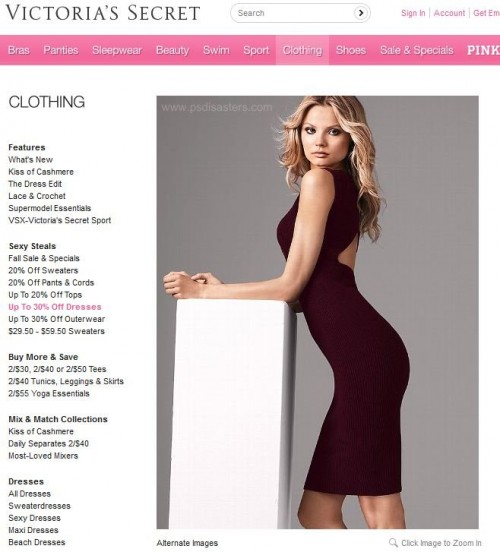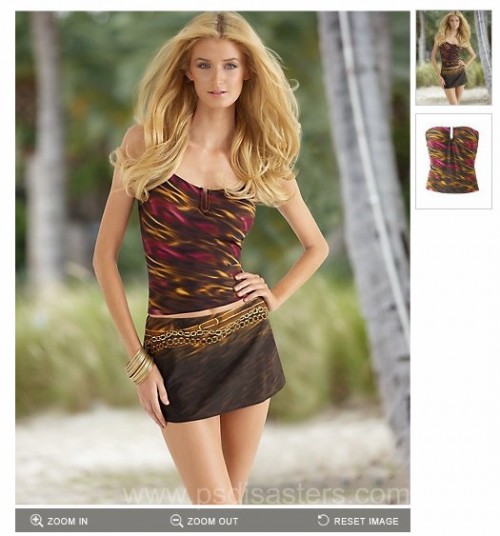This is what gender ideology looks like:
That’s The Walking Dead’s Rosita Espinosa with newly shaven armpits.
This is also gender ideology at work: the privileging of an idea of gender over real life or, in this case, realism.
The Walking Dead’s producers go to great lengths to portray what a zombie apocalypse might be like. They are especially keen to show us the nasty bits: what it really looks like when dead people don’t die, what it looks like to kill the undead, and the evil it spawns in those left alive. It’s gruesome. The show is a gore orgy. But armpit hair on women? Apparently that’s just gross.
If gender ideology had lost this battle with realism, we’d see armpit hair on the women in Gilligan’s Island, Planet of the Apes, The Blue Lagoon, Beauty and the Beast, Waterworld, Lost, and The Hunger Games — but we don’t. (Thanks to Ariane Lange at Buzzfeed for the whole collection and to @uheartdanny for the link.)
At least Rosita could conceivably have a razor. How do women supposedly shave their armpits on deserted islands? Did the Beast slip Belle a razor, you know, just as part of his controlling personality? And maybe some persnickety women would continue to shave even if they were lost in purgatory, but Riley in Alien? Come on.

Our interest in realism only goes so far. Armpit hair on women is apparently one of its limits.
Cross-posted at Pacific Standard.
Lisa Wade, PhD is an Associate Professor at Tulane University. She is the author of American Hookup, a book about college sexual culture; a textbook about gender; and a forthcoming introductory text: Terrible Magnificent Sociology. You can follow her on Twitter and Instagram.

